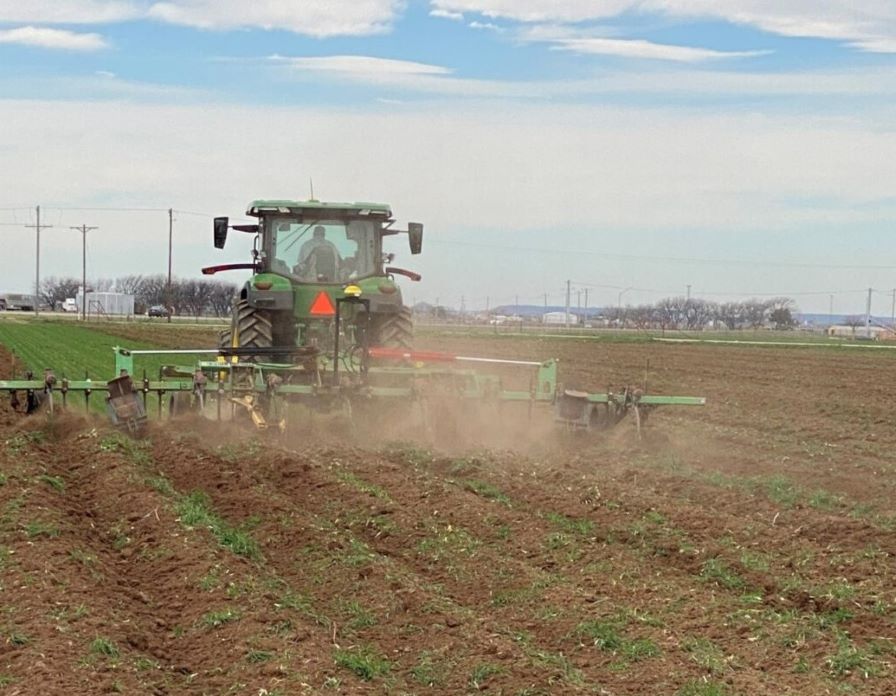Transition Time for Bollworm Control
Entomologists across the Cotton Belt have taken note of an alarming trend over the past several years, as the bollworm protection provided by traditional dual-gene Bt traits has started to weaken.
And with the introduction of the next generation 3-gene Bt traits into more new cotton varieties – and the potential of resistance developing for that third gene – there’s a general feeling that now’s the time for cotton to move to the new technology.
“Things are changing rapidly in the cotton world,” said Gus Lorenz, University of Arkansas Extension entomologist, during a presentation at the Beltwide Cotton Conferences. “There are some big differences occurring now in what we’ve been seeing in traited cotton. We’re seeing an increase in the amount of damage. And we know that more foliar insecticides are needed to supplement or help maintain the level of bollworm control that we want.”
The “we” he mentioned is the Mid-South Entomologists Working Group, comprised of Extension and research entomologists conducting collaborative research throughout the Mid-South and into Texas.
Lorenz noted that part of the issue is there’s not much variability in the fields when it comes to dual-gene Bt technologies. Most rely on the Cry1AC and Cry2AB Bt genes, making them increasingly susceptible to resistance issues. The newer 3-gene traits add the Vip3A gene to strengthen the in-plant efficacy and increase bollworm control.
“Over time, we’ve seen an increase in the level of square damage, particularly with WideStrike and Bollgard II,” he said. “But we saw a big change in 2017, likely due to the increased use of Bt technologies in corn. The bollworms have made that transition to becoming more resistant to the Bts, and we’re seeing an increase in survival. It jumped considerably last year.”
Based on reports and observations throughout the eastern half of the Cotton Belt, this is not isolated to states in the Mid-South, but has also been seen in parts of North Carolina and eastern Texas.
“We sprayed more dual-gene cotton in Arkansas last year than we’ve ever sprayed,” stated Lorenz. “There are more bollworms coming through the system right now than we’ve ever seen.”
In response, the working group calculated a treatment threshold of 6% damaged squares or bolls, with studies showing that current dual-gene traits generally exceeded that level during 2017. Newer 3-gene traits stayed below the threshold and provided good yield response.
So, moving into the 2018 season, how should growers plan for bollworm control?
“If bollworm pressure is low, growers may be able to get by with no oversprays on dual-gene cotton,” said Lorenz. “But in most cases, they will have to supplement that control in order to get the yield they want. If bollworm pressure is high, it looks like 3-gene cotton can get them through the season without supplemental foliar applications at this time. But, we did see enough damage in our trials to make us wonder how long that efficacy is going to last.”
Timing of foliar applications will be critical, especially if bollworm populations explode like they did in 2017. Lorenz warns growers that applications in hot spot areas may need to be triggered by the egg threshold rather than waiting for 6% damage.
“That 6% damage threshold works well and gives growers a chance to let the Bt work for them,” he added. “But two applications of a diamide is just not sustainable for growers. I think we’ve reached the point where we need to move on to the 3-gene cotton.”
From Cotton Grower Magazine – March 2018









